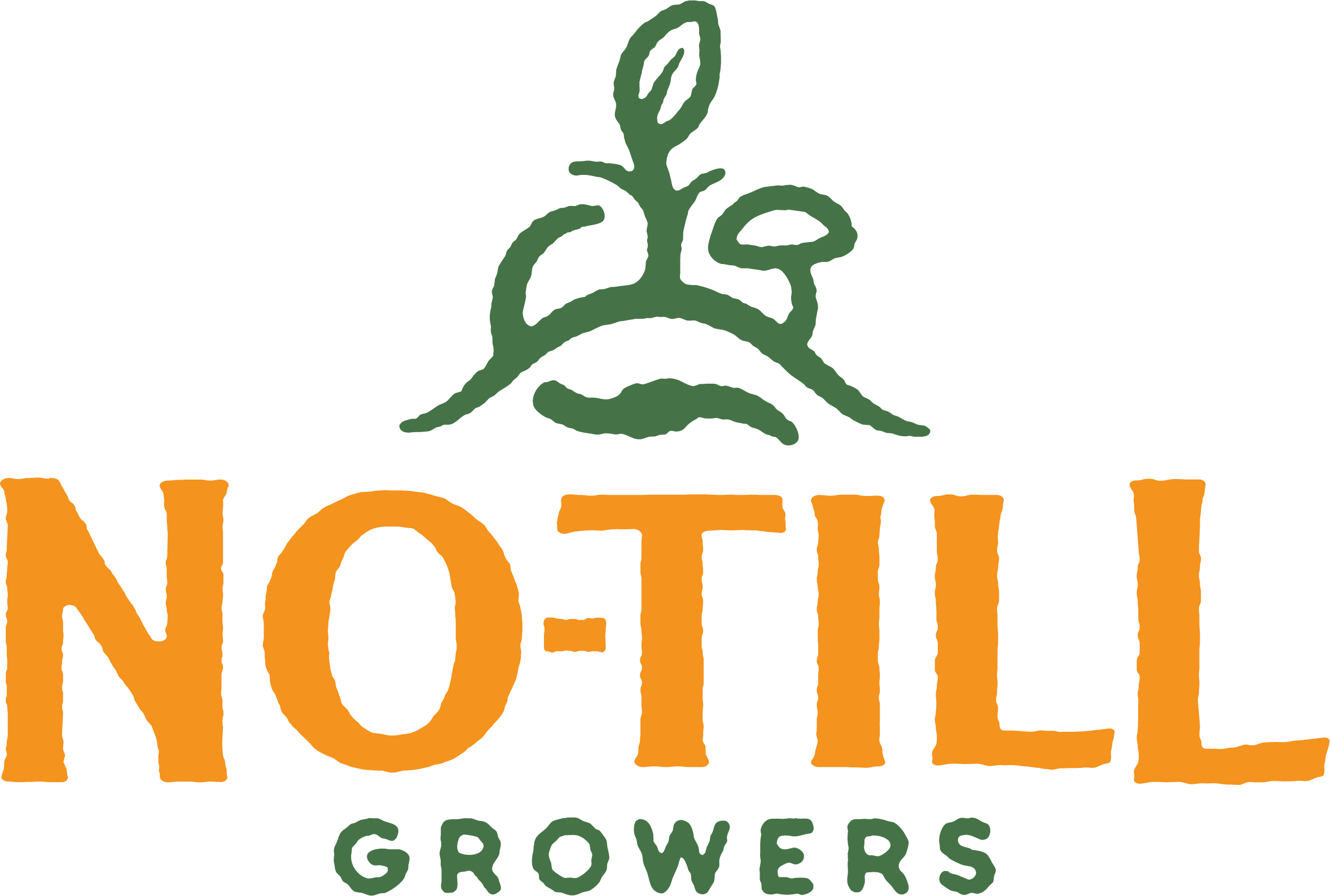Is There a Difference Between Low and No-Till?
At this point, you probably know our general stance on the no-till terminology, but I feel obliged to reiterate it for those who may not. Basically, we argue that one should never be too dogmatic about what is and is not no-till. Use the techniques that make the most sense for your context—crops, climate, soil, goals, etc.. Getting too hung up on what is and is not tillage, in our opinion, simply stifles innovation. Try to do as little as possible, year after year—that should be the goal. That’s what puts us all on the same team.
That said, for the sake of conversation, we think there is a difference between low and no-till:
Obviously, tilling and discing are forms of tillage. These break up soil aggregates that house not just carbon, exposing it to the elements, but also microbial habitat. They tear apart fungal connections, making the soil more conducive to excessive anaerobic bacteria. Since plants grow because of the work of microbes, this is obviously not a recommended practice.
Then, on the other end of the spectrum, you have practices that are obviously no-till. An example of that may be simply mowing a field, maybe laying down a bunch of cardboard, then a bunch of compost, and simply planting into that. Is anyone going to argue that such a method is not no-till? With nearly 8 billion people in the world, probably someone will, but most of us will be okay with calling that no-till.
However, there are a whole slew of practices and tools that live somewhere in the middle of the spectrum—the Tilther, the broadfork, the power harrow, the precision depth roller, different hoeing techniques, etc.. These are where low-till or minimal tillage come in. In terms of what we’re trying to do with this site, I say they are absolutely fair game. That is: yes, they are different from no-till, but also yes, let’s please discuss them in detail.
We can include these in conversations about no-till for two reasons. One, a tool only does as much destruction as you—the user—allow it. And two, for some growers in some situations, growing certain crops on certain soils may require the use of one of these low-till tools for a successful crop.
There is a fine line there and a grower can exist on booth sides of it, at once. Remember, we feel there is no need for a rigid definition of no-till until the customer starts inquiring. Until then, I say we take advantage of this grace period to really see what’s possible. How low (till) can we grow? How can we help other growers work around a step in their process that used to require tillage? Indeed, how much can we reduce our tillage and what innovations can come from allowing the low-till end of the spectrum a fair amount of freedom? What tools/methods do and do not harm the process of creating healthy soil while also increasing profits?
I dread it, but there will be a day we have to answer the question of “does this tool count as low-till or no-till?” Someone—somewhere—will create a no-till label with rigid definitions. But, until then, instead of racing towards a definition of no-till, I say let’s see how many techniques even exist in the low-till segment of the spectrum. I say, let’s innovate, so when the constraining and regulating starts we have a better idea of what we’re constraining no-till to—that is, a better idea of all the ways one could improve their soil while still making a living at this farming thing.
Our purpose is to bring you—the farmer—the best no-till growing content out there for free. If you found this post to be of value, and want to see No-Till Growers grow, support our work for as little as $2/month on Patreon or Venmo/Paypal. We need your help to reach $1,000/month to do a second season of The No-Till Market Garden, run the site, and bring you EVEN BETTER no-till and regenerative veg content. Let’s move no-till veg forward!
